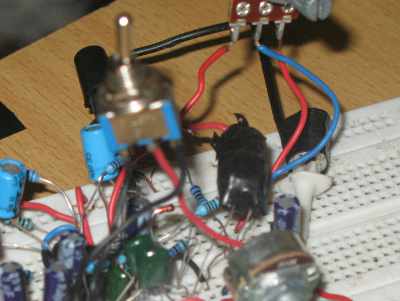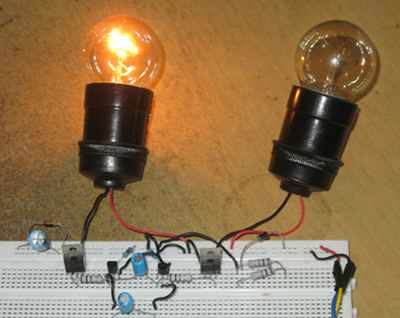Low Power Consumption Indicator with Blinking LED

Low Power Requirement of Indication and The Solution Visual indication using light emitting diode becomes very common, because LED technology offer many benefits: low power consumption, durable, and cheap. Some indication must be able to draw strong attention, or at least it must be very clear to read whether its state is on of off. In some application, the requirement […]
Read more









